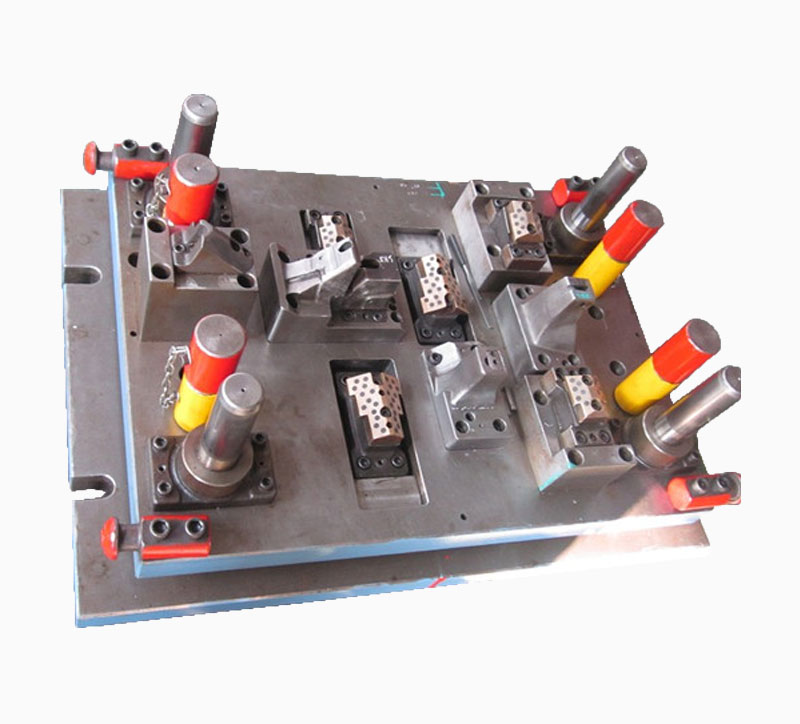In the production practice, once some molds are put int […]
In the production practice, once some molds are put into use on the production line, various problems often occur, and the production requirements or technical requirements of the product cannot be satisfied, resulting in abnormal strikes on the production line, which brings many unstable factors. Therefore, how to improve the stability of the mold has become a practical problem faced by mold making enterprises.
Plastic mould
In the design and production of molds, the designer's experience and technology play a key role. Whether the design is reasonable or not is recognized by the ability to test the mold, and the mold needs to be tested and revised many times before the talent is finally completed. In the production practice, once some molds are put into use on the production line, various problems often occur, and the production requirements or technical requirements of the product cannot be satisfied, resulting in abnormal strikes on the production line, which brings many unstable factors. Therefore, how to improve the stability of the mold has become a practical problem faced by mold making enterprises.

What is stability? Stability is divided into process stability and production stability. Process stability refers to a process plan that satisfies the stability of qualified products produced; production stability refers to a stable production capability during production.
Let us first look at the main factors that affect the stability of the mold and stamping. They are: the application method of mold data; the strength requirements of mold structural parts; the stability of stamping data function; the fluctuation characteristics of data thickness; the change range of raw materials; the magnitude of tensile bar resistance; the change range of blank holder force; the selection of lubricant .
It is worth noting that in the stamping process, because each stamping sheet has its own chemical composition, mechanical function and characteristic values closely related to the stamping function, the function of the stamping data is unstable, the thickness of the stamping data fluctuates, and The change of stamping materials not only directly affects the accuracy and quality of stamping and forming, but also may cause damage to the mold.
Take tensile ribs as an example, it occupies a very important position in stamping forming. In the stretch forming process, the forming requirements of the product have a certain size and a properly distributed tensile force along the fixed periphery. This tensile force comes from the effect force of the punching equipment, the deformation resistance of the edge part data, and the active resistance on the surface of the blank holder. . The occurrence of active resistance, if only relying on the effect of blank holder force, the friction between the mold and the material is not enough.
For this reason, it is necessary to set tensile ribs on the blank holder that can generate greater resistance to increase the resistance of the feed, and then cause the material to undergo greater plastic deformation to satisfy the requirements of the plastic deformation and plastic activity of the data. At the same time, by changing the size and distribution of the tensile rib resistance, and controlling the speed and feed rate of the data moving into the mold, the useful adjustment of the tensile force and the distribution of the deformation area of the tensile member is realized, and then the stretching is prevented Quality problems such as cracking, wrinkling, and deformation of products during forming.
Please Leave Your Email Or Phone Number,So We Can Contact You As Soon As Possible
Contact us
Taizhou Booling Mould Co., Ltd. is a famous China Plastic Moulds Manufacturers and Extrusion Blow Moulding factory,we produces and deals with various injection mould,extrustion blow moulds and plastic mould machinery,etc.



 Languages
Languages